Compass Rose
U Street Corridor
Close
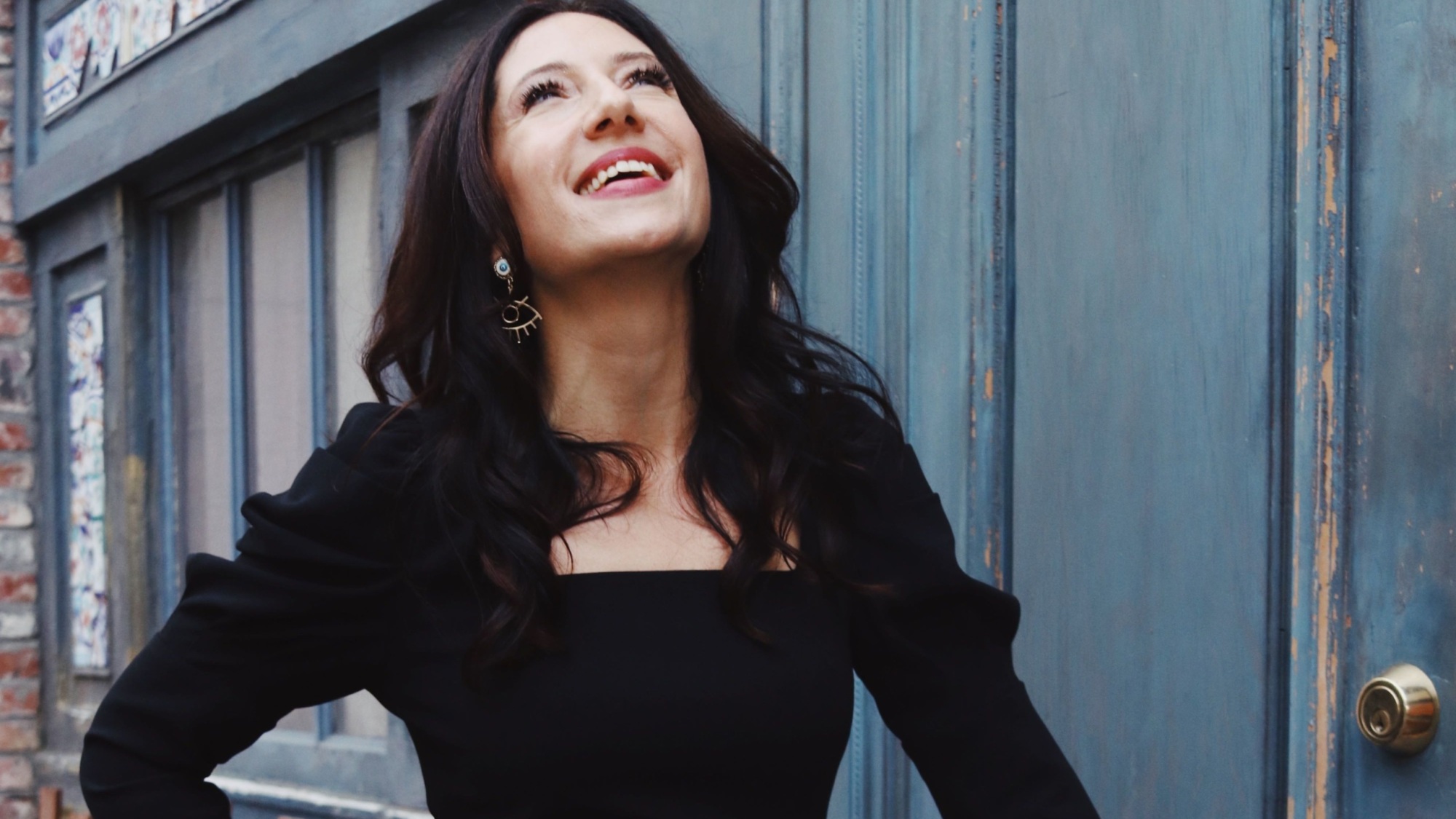
For Rose Previte, the hardest and most difficult part of the COVID-19 pandemic and lockdown takes place everyday at 5 o’clock.
“I don’t have a bunch of excited people walking into the door anymore,” said the owner of Compass Rose and Maydan restaurants in DC. “I get a lot of energy from guests in the space and without that, the day feels very, very different.”
Even though kitchen service ends earlier now, Previte’s days and nights are still packed: Both of her restaurants are doubling as commissaries for Jose Andres’ World Central Kitchen, making food for frontline workers, while also offering takeout and delivery.
Resy recently reached out to Previte to learn more about how she is dealing with the current crisis, as well as how she sees the industry evolving in the coming months and years. Here’s what she had to say.
***
Resy: What’s your day-to-day schedule like these days?
Previte: My day-to-day is very different in some ways, but a few things are the same. There is still a lot of managing of people, though it’s a smaller staff than before. But it can feel like a large staff some days because, in addition to managing normal personnel issues like timeliness, camaraderie, et cetera, you have to also remember that everyone feels scared and we all feel “off” generally, about the state of the world.
So, while you’re expecting the same high level of service from everyone, you have to be even more empathetic about where everyone is at. I’m trying to do more check-ins than normal because you have to make sure everyone is taking care of their mental health as well as their physical health.
And at the same time, we have to run a restaurant that looks very different by a whole new set of rules. Every day is a balancing act and you feel like something new and unexpected pops up every day.
I still get up early and spend time at each restaurant. Now, I have to check on how our meal orders for World Central Kitchen are going; that’s all done in the morning. I make sure there are no issues with delivery drivers and that meals get to their destination.
We have virtual meetings and phone calls, which is not something restaurant people are used to, at least not small ones. We now talk about specials and menu changes based on the season, but more often about what’s available; some suppliers have not been able to get us things we are used to using. We talk about bar changes; we try to order as little as possible in order to keep going through inventory as a way to make sure we don’t overspend.
Takeout has been going well, but it’s not what we are used to making, and we’re trying to pay the staff who are working like they were getting paid before — so, again, it’s a balancing act all day. But we are doing well under the circumstances, and for that I’m thankful.
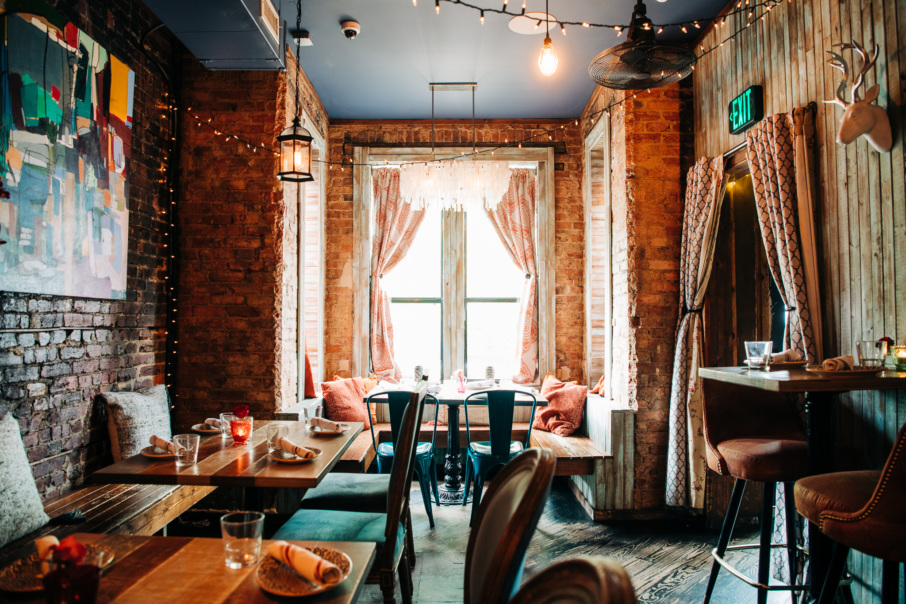
What do you need for your restaurants to survive?
A creative way to pay the rent would be really helpful. Forgiveness would be a dream, but realizing that is not possible in our case, it would be nice to defer it or pay gradually.
The city changing the liquor laws so that we can do takeout cocktails and wine has been a huge help.
Most helpful would be the federal government creating relief packages for small businesses that work for restaurants. The rule structures around the funding that is currently available are very hard to understand, and less than ideal for where restaurants are at right now.
As things stand now, do you think your restaurants can survive if you are able to reopen them?
At the moment, unless there are a bunch of new surprises coming our way, yes, my restaurants can survive. I’m very grateful to be able to say that.
What signals do you need to hear from the government, health departments, diners, or staff to feel comfortable about reopening?
I‘m probably more concerned about the reopening process than I was about the to-go process but honestly, we didn’t have much time to think about that stage.
We definitely need the most obvious sign from the government: the actual legal approval that we can open before that’s even a real consideration. All departments are doing their best to get us data as they get it, I know that.
The worst part is that really no one knows what’s best so it feels like we’re all guessing sometimes, and to be guessing is scary when so much is at stake.
All we can do with staff is speak to them one-on-one to see how they are feeling — and there is a big range among our employees’ feelings so far. We will need a lot more than we have right now as far as guidelines on how to make our spaces as safe as possible. Once we feel like we’ve done all we can do, I think we will be ready for opening with a smaller capacity.
And, of course, I’m very, very afraid of the vibe at both places being affected by the changes. Both Compass Rose and Maydan have always had a very cool energy that keeps people coming back. But that energy comes from the people inside the space, so what it’s going to feel like worries me.
And above all, I’m worried about keeping the staff and guests safe, and we are fighting an invisible enemy right now. It’s hard to get your head around how we can possibly do this right.
So, we will wait to open until everything feels right based on the feedback we are getting from everyone and all credible sources.
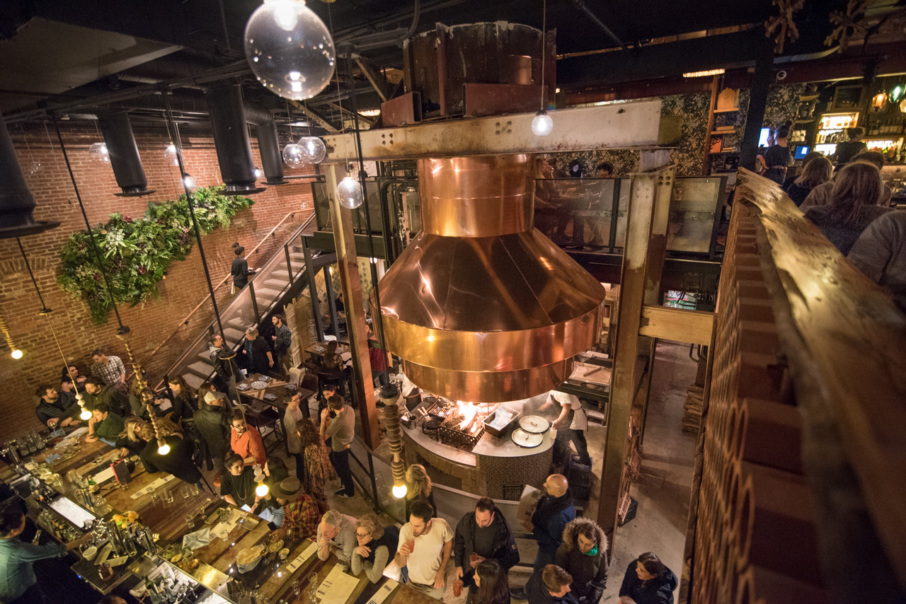
What else do you need in order to make sure your restaurants survive after reopening? What do diners need to understand?
If the restaurants can only be open with limited capacity, then we will have to continue to do our to-go business. That will be necessary to make enough money to be open, but it might mean menu changes for dining-in guests that they won’t like. For example, a smaller menu than usual. In order to balance the demands of takeout with the in-house guests, smaller menus might have to be a real thing and I hope they can understand why.
Empty storefronts were already a fixture in major cities even before the pandemic struck; what happens after this? What’s the value of a brick-and-mortar space in a post-pandemic world?
I wish I could see the future, especially the post-pandemic one, but since I can’t, I can’t say for sure. But brick-and-mortar spaces were already very hard for retail to sustain in DC before COVID hit the city.
DC is unique in that there has been a crazy building boom for the last five to 10 years. So, we’ve had extra spaces for awhile. The pandemic is not helping the odds of some of those spaces filling quickly, but DC is a tough town with a good economy, even in bad times. And Americans, in general, innovate. WeWork and co-working spaces came out of the 2008 recession, for example.
I’m curious and maybe even a little excited (it doesn’t take much these days), to see what we come up with as the world changes. I’m still very optimistic that Americans will rise from this stronger and that new ways of doing things will emerge — and I hope many of them are for the better.
I think there is a great deal of value to brick and mortar. I’m old fashioned; that will never change for me. Both of my places were built on my firm belief that beautiful things happen when people are randomly thrown together in a space and they let their defenses down for a minute.
People let themselves be more vulnerable around a table than anywhere else, in my opinion. Especially in DC, a town full of policy makers and change makers who have to be on and productive all the time. They have to have the release that a bar or restaurant allows them. I don’t see that changing any time soon. All this isolation might actually make us appreciate what we had even more.
What’s the path forward for restaurants? What type of business model will sustain restaurants going forward?
I think we need to change temporarily and, by temporarily, I mean six months to a year, or until there is a vaccine. I truly believe that once there is a vaccine and people feel safe again, then they will want to go back to restaurants very much like they were.
We’ve been gathering this way for many, many years because, I think, fundamentally people want to gather with others for celebrations, for mourning or any life event and for general dining, which brings joy.
I think we have to change the way we do that for a while, but not forever. I think traditional dining was already diversifying a lot before the COVID crisis. That model was already becoming increasingly hard to sustain with high rents and labor costs going up every day. We were on our way to a world where you saw different models like fast-casual restaurants becoming more and more popular because people were getting more creative with less service-based concepts. Maybe the current situation has fast-tracked some of that evolution, but it was already happening.
But I don’t think traditional restaurants are dead, or that these other models will ever fully replace them.
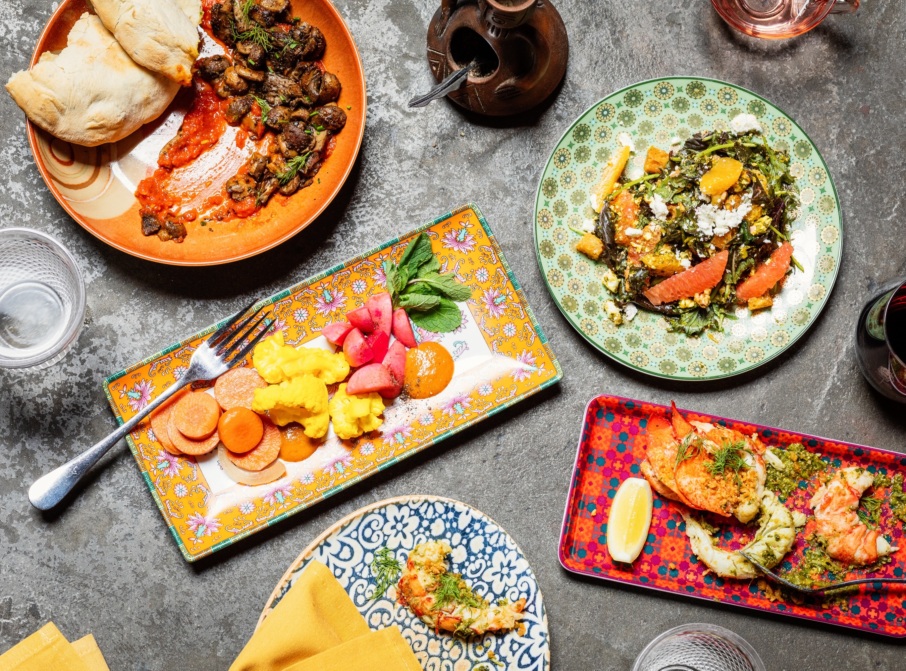
What’s something that the public or the media doesn’t know or isn’t talking about, but really should be?
I think that we aren’t talking enough about how much this crisis has affected our immigrant workers, many of whom are the backbone of our restaurants. I’ve heard about it, and I think LA is doing the best job of highlighting this issue, but we can all do more.
Everything about the pandemic has brought to the surface everything we already know is wrong with the immigration system in America. It’s absolutely unacceptable in our country for people to be this vulnerable, to be this confused and at risk. Issues around status, access to benefits, and healthcare for our immigrant workers is a major part of the crisis, and one of the issues that needs to be addressed immediately.
But I think it’s on the back burner, and something that people want to keep refusing to think about or acting on, so it needs to be discussed as much as possible. The current climate in Washington makes it feel like there is no hope for this issue to improve right now, but we can’t stop talking about it. Change has to come for our immigration system, because what we have is not sustainable.
Is the pandemic acting like a reset button for your restaurants in some ways?
For sure, it feels like a reset. One positive side is that we get another grand opening but with a lot more knowledge of our space, staff and guests than we had when we really opened for the first time.
It feels a little like we can fix things that were not going as well as we would have liked when we closed. And we have more time to actually talk about the things we want to change after years of operating and to work as a team to fix them.
Is this a reset for the industry as a whole, too, perhaps?
Yes, I think it might be. Things were already on the cusp of a big change due to the ever increasing costs of doing business. It was getting harder by the day to meet the standards that people want and expect from a full-service restaurant. This forces us all to look at the way we’ve been doing things and see how we can change for the better.
Do you still want to be operating restaurants after the pandemic ends?
I absolutely do still want to be operating and owning restaurants, I have no doubt about that. I just found this career and started to figure it out; it’s too soon to let it go.
I’ve already changed careers once. Entrepreneurship is scary. We all knew it when we signed up for it. Though this challenge is above and beyond any worst-case scenario most of us had come up with. But my businesses are my passion and such a part of my life and who I am that I can’t walk away.
I believe in what I do, and I know our culture of dining will overcome this time. It will change and we will change, but we will want to come back together and celebrate the end of this when it’s all over. I plan to be there to pour the wine.
Deanna Ting is a Resy staff writer. Follow her on Instagram and Twitter. Follow @Resy, too.
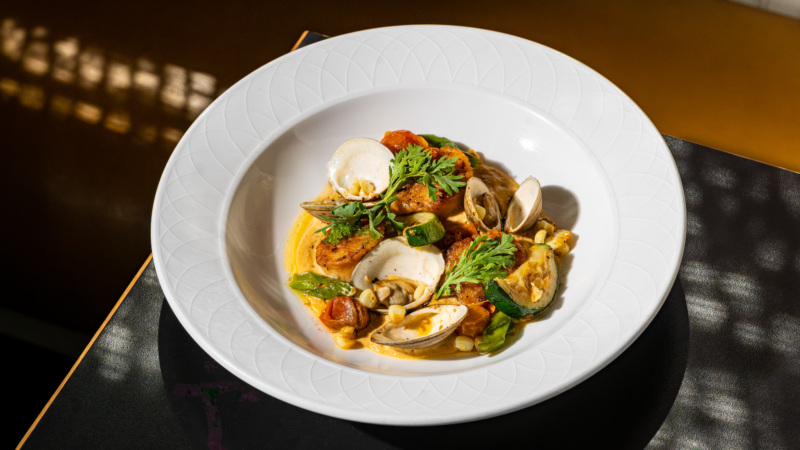
Stephen Satterfield's Corner Table